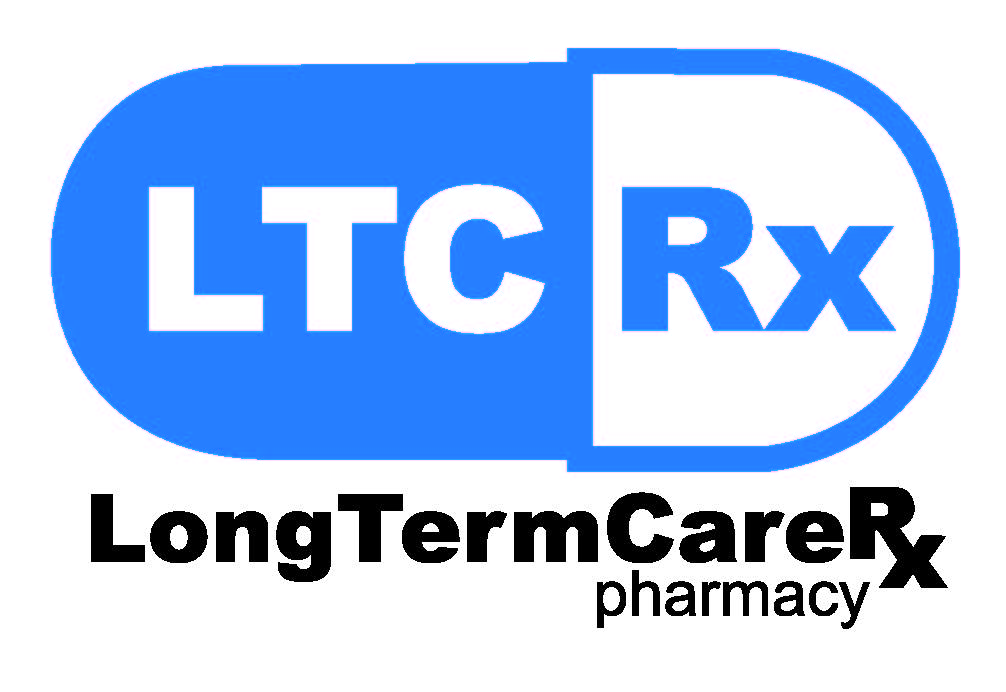Coumadin (Warfarin) is a well-known, but not well liked anticoagulant in the long term care setting. Well known as a “blood thinner” to help prevent and treat blood clots and related heart attacks and strokes. Not well liked for the numerous blood draws and numerous dosage changes needed to achieve therapeutic levels, all of which equate to numerous time consuming phone calls to the physician. But perhaps Warfarin’s greatest “dislike” (or justifiable concern) is the risk of bleeding associated with it.
In February 2014, the Office of Inspector General (OIG) released its report, “Adverse Events in Skilled Nursing Facilities: National Incidence Among Medicare Beneficiaries” which found that one in three skilled nursing facility (SNF) residents were harmed by an adverse event or temporary harm event within the first 35 days of a SNF stay. Thirty-seven percent of the adverse events were related to medication. And “the second most frequent cause of medication related adverse events was excessive bleeding related to anticoagulant use causing harm ranging from hospitalization to death.”
Coumadin. Second leading cause. Hospitalization to death. In our nursing homes. What?! you might say. Yes. That is the finding. But those of us who work in long term care likely already know this to be true on some level. We see the mistakes that happen. Missed drug. Missed lab. Too much drug. Toxic INR (International Normalized Ratio used to monitor Coumadin) sending a resident to the hospital, hopefully preventing a dangerous bleed. And these are not rare events. As a consultant pharmacist I am frequently bringing to the attention of facility staff that an “INR” has been missed, a new dose has been transcribed incorrectly, or worse, a discontinued dose was not removed from the resident’s medication and both the new AND dose have been given.
The question begs to be asked, “Who is steering the ship?” Who in the nursing facility is in charge of keeping track of residents on Coumadin? Who is in charge of looking for these pitfalls and preventing them. I might be so bold as to suggest that this can be simple. It really can be if we make it a priority. I suggest these steps for a starting point:
- Name a person in charge
- Obtain a list of all residents receiving Coumadin.
- Write down when their next INR is due (and even use an electronic calendar to plug in reminders!)
- Have staff report order changes daily to this person
- Review these charts (at least) weekly to ensure INRs have been done, new orders properly transcribed and old doses removed from current meds. Electronic health records (eHRs) should make this task even easier.
This may seem like a lot. But when you look at the actual numbers, its more manageable. My larger facilities typically have less than 10 residents on Coumadin, especially due to the newer anti-coagulants out there now. But with the risks involved, doesn’t it seem like a good idea to have someone as captain of this ship?
Alicia A. Timko, PharmD
Consultant Pharmacist
Long Term Care Rx
